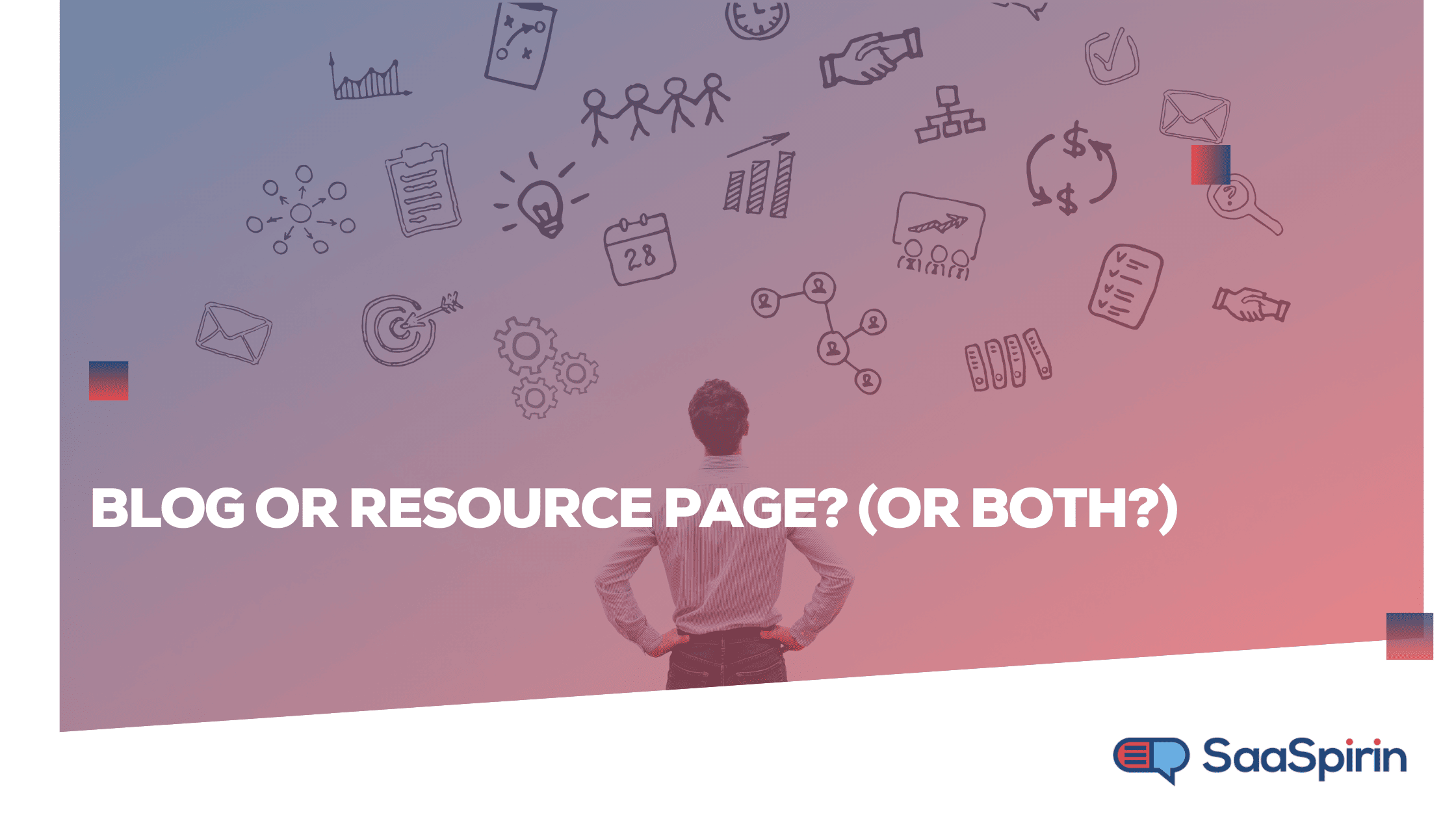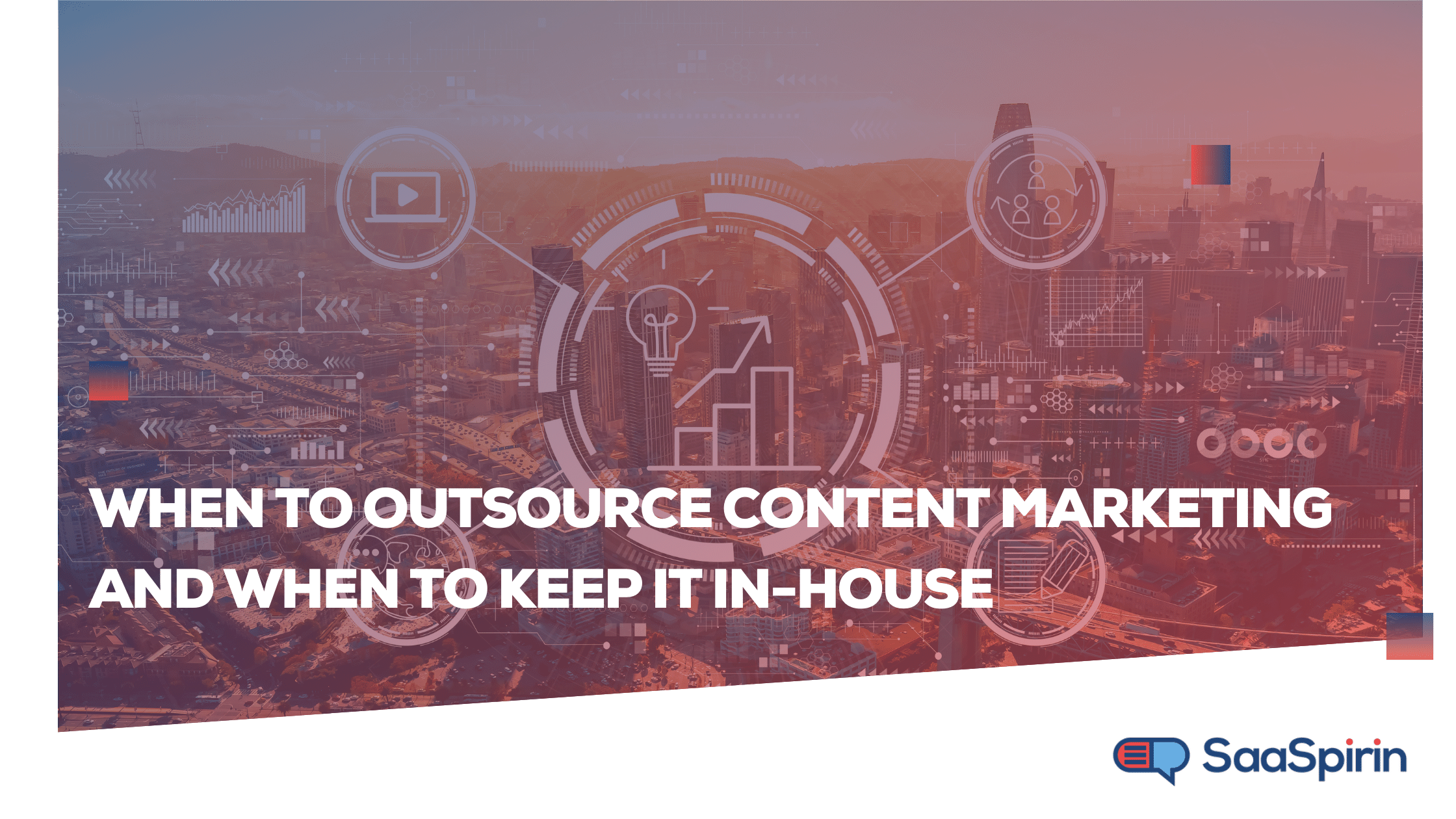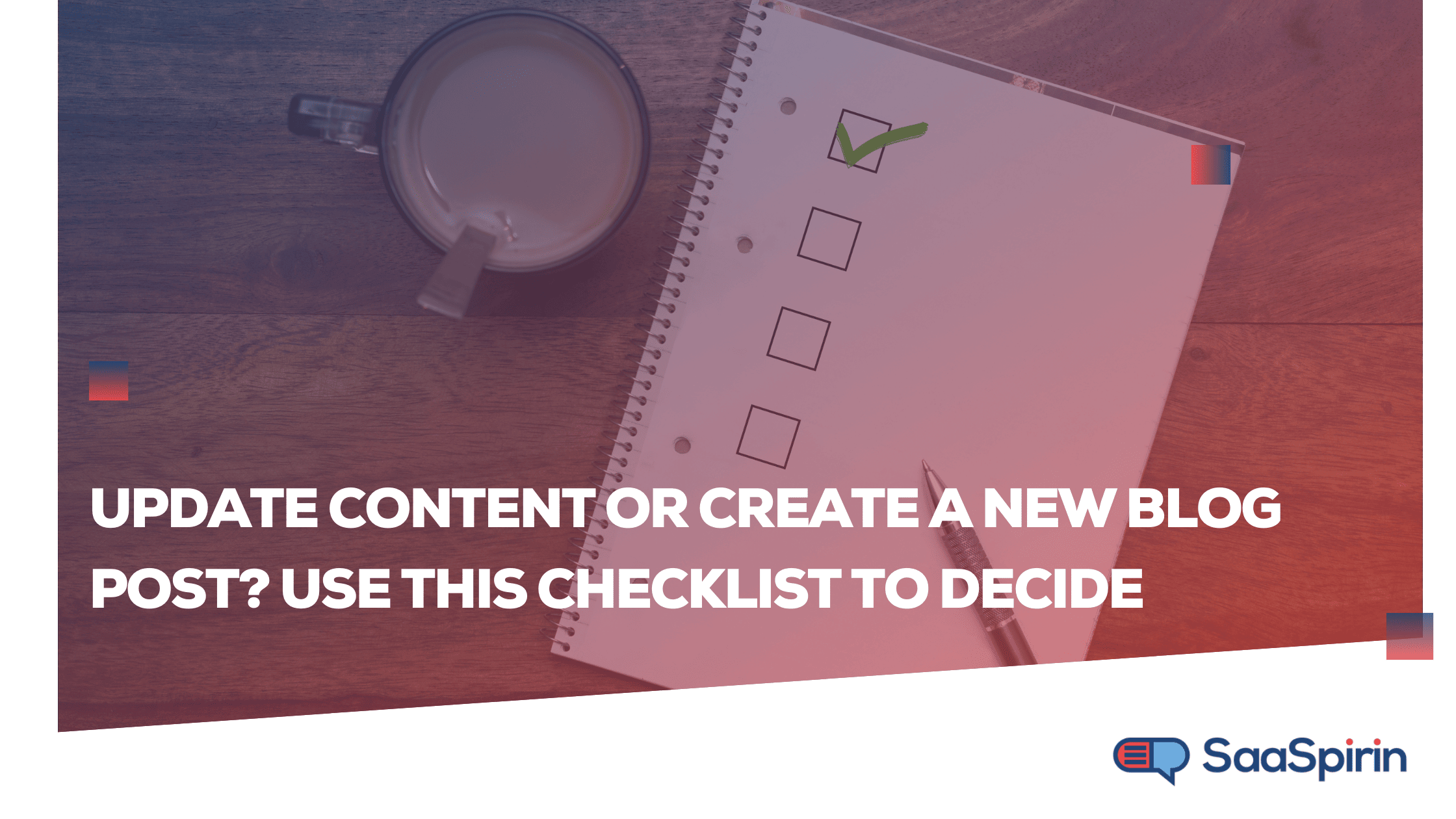Blog or Resource Page? (Or Both?)
By Nicolas Jacobeus on March 20, 2025

As a business owner, you probably already know you need a website. You might even make a regular effort to blog. But (and no judgment here!), you likely haven’t put as much thought into your site’s resource page.
A blog and a resource page are two separate things, and they feature different types of content.
Let's explore both and take a look at why each is an essential part of a thriving website.
What is a blog?
Whether you run a software-as-a-service (SaaS) business or another type of company, your business's website should have a blog. After all, 97 percent of consumers learn more about a business on the web than anywhere else. Having a killer blog allows you to control what consumers see about your product or service. Your blog is where you can share your industry knowledge, connect with customers, and tap keywords to drive traffic to your site.
Each blog post has a specific focus on a timely topic, and is ordered chronologically. Most businesses post to their blogs often—even once or twice a week. Updating your blog regularly lets your readers know they can depend on you for fresh, relevant content.
What is a resource page?
A resource page, or knowledge center, is a place where you go in-depth on specific topics. The content on a resource page is generally more robust and well-developed than an average blog post; content can sometimes have a much higher word count, as well. If your blog is a pamphlet, your resource page is a catalog.
Your resource page can—and should—contain a variety of evergreen content (information that doesn’t go out of date), including links to case studies, white papers, reports, videos, and even e-books. This page should be a well-organized, searchable, go-to destination for people looking for how-tos and tips from your industry.
The topics we tackle at SaaSpirin, for example, belong on a resource page because they offer long-term value. By dividing our content marketing resources into categories—from strategy to writing to tracking—we’re allowing customers to navigate to the information that’s most relevant to their needs.
Blog post or resource page: Which one do you choose?
If you’re not sure whether your content belongs in a blog post or on your resource page, here's a checklist to help you decide:
1. Consider the topic
Micro or macro?
Take a look at what you intend to write about: Is this a big-picture post or something more narrow?
If your topic is a larger, more complex idea, it's probably best to put it on your resource page. You can even expand it beyond the original idea to make it appeal to a larger demographic of customers.
On the other hand, if your topic is more focused, you’re in blog territory. In some cases, you can even take a series of blog posts on a related subject and repurpose them as a resource or guide.
Timely or evergreen?
Does your content have an expiration date, or will it provide ongoing value to the reader?
Since blog posts are organized by date, blogging is best for topics that will only stay fresh for a short period of time.
Evergreen content, on the other hand, should be organized on your resource page where your readers can easily locate it as needed.
2. Pick your keywords
Next, decide which keywords you want to target. For blog posts, you generally want to aim for long-tail keywords that might have a low search volume but deliver better conversion rates.
The opposite is true for resource pages. If your keyword strategy for a piece of content includes short-tail keywords with lower conversion rates but higher search rates, it's usually best to incorporate these into a post for your resource page.
3. Think about ongoing optimization
As you prepare your content, consider if it's a subject you can revisit periodically, adding more content and continuously optimizing it. Updating old content can be an effective content marketing strategy, especially if you have a resource page that performs well and brings in traffic.
While you can certainly do this with blog posts, you're more likely to see a return on investment (ROI) by shoring up and expanding posts on your resource page. This is part of why a resource page is so crucial for your business. With just one piece of well-written content, you get a lot of bang for your buck (and time and effort).
Take the headaches out of content production
The best business websites combine blog posts and resource pages to offer value to visitors and customers. To be effective, your site needs both types of content.
SaaSpirin can help you create blog posts and resource pages you can be proud of—taking the headaches and hassle out of content production so you can focus on building your business. Contact us to learn more!
You May Also Like
These Related Stories

When to Outsource Content Marketing and When to Keep it In-House
.png)
Reviews and Testimonials: What’s Costing You Leads in 2025?

